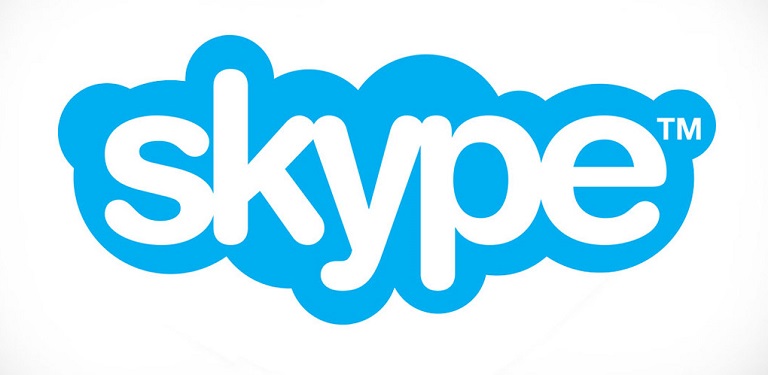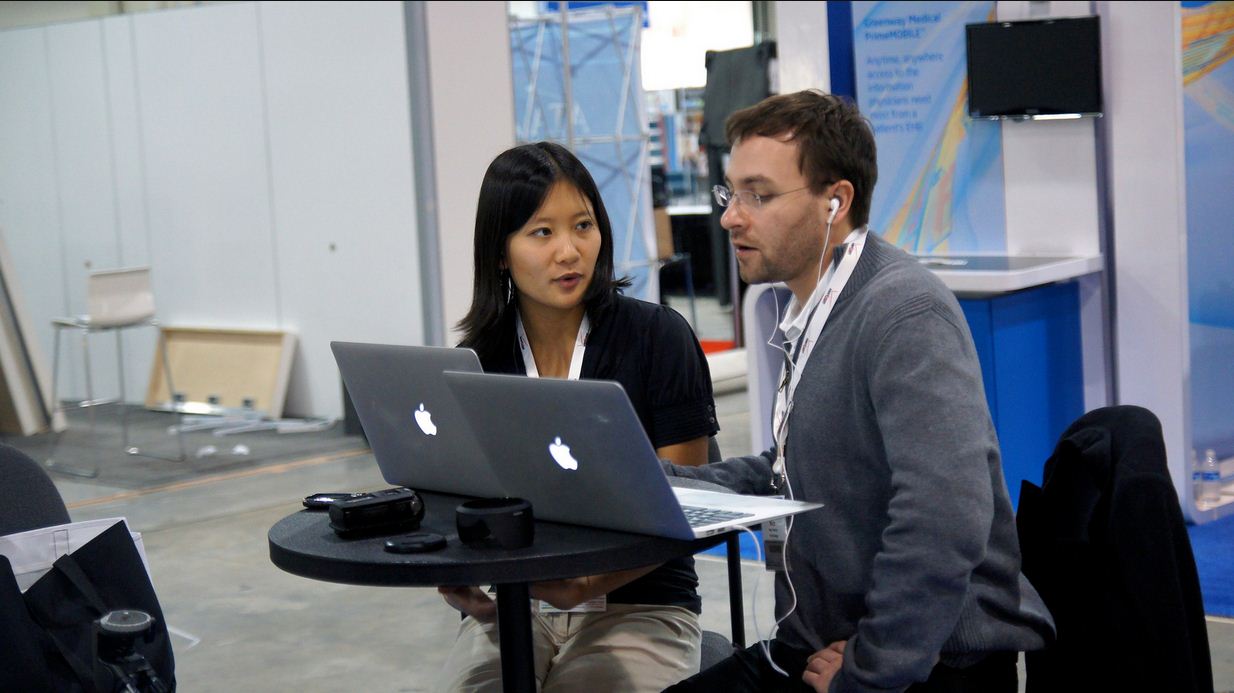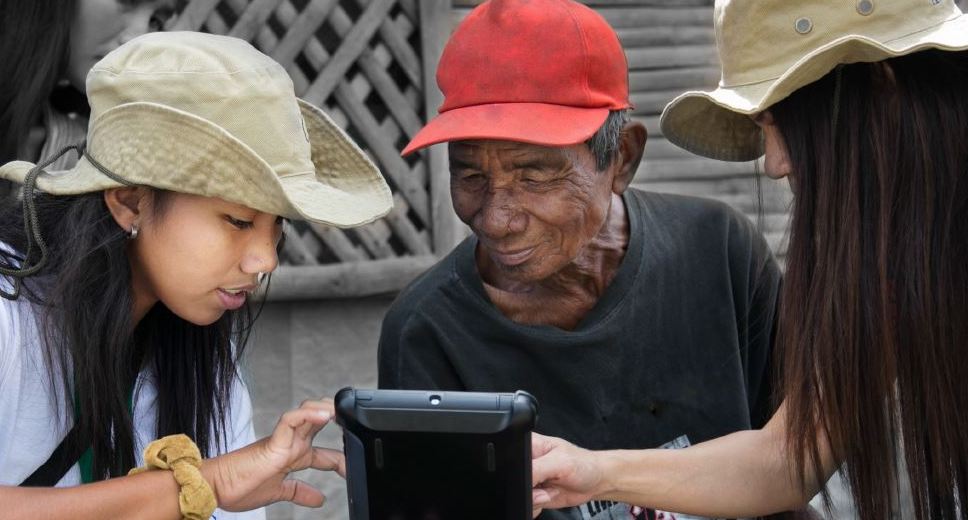When something breaks mid-class it can be awfully hard not to blame your students. But the truth is that nobody cares about the tech you’re used to using or how it works optimally. They care about what works right now.
I recently had the pleasure of facilitating a small, intensive course that revolved around back-and-forth between a handful of students in remote locations and a subject-matter expert. In the second day of the class, our video platform (that had only days earlier managed dozens of participants without difficulty) was already cracking at the seams while students conversed over low bandwidth from locations in Africa and E. Europe. One student suggested switching to Skype, which ended up working significantly better for the remainder of that session.
The reason was fairly simple: Instead of having to use the centralized OpenTok servers in remote locations, the Skype users could connect through nodes everywhere because they themselves were acting as nodes. Skype is essentially a modified peer-to-peer (P2P) network application, which is why Skype works as well as it does in remote areas — you are both the user and the provider for other users of video conferencing.
So, problem solved. Now we just move back to Skype and get rid of our existing OpenTok video platform. Right?
Not exactly.
Online education requires tradeoffs. The more interactive your class, the more strain you will place on your system at scale, which is exactly what Coursera stumbled upon recently during their “MOOC Mess“ as they tried to provide a facilitated format to 41,000 students. Online education gets lumped into one category, but ultimately 1-on-1 or small discussion sessions are entirely different experiences than facilitated workshops or massively open online courses (MOOCs). Since we try our hardest to be platform agnostic, we’re always looking for new ways to engage students via video while always looking for a better web-conferencing platform as needed. Generally, this is has created our current rule-of-thumb for class size and video conferencing:
-
Under 10 students: Skype Premium (especially in low-bandwidth)
-
10-150 students: OpenTok (but works fine for low-bandwidth with video toggling)
-
Massive: YouTube or Vimeo (use forums or such instead for asynchronous engagement)
If you’re looking for an off-the-shelf solution for holding a small webinar or sharing your taped lecture, you’d be hard pressed to do better than Skype or Vimeo/YouTube. We hold occasional webinars on Skype and host our educational video content (and animated videos) on existing video platforms, which we then share in our media library. But our problem has consistently been that we believe good educational learning and a “flipped classroom” model to exist somewhere between the two models — more than a webinar, but not quite a MOOC. And that scale is achieved not by speaking at an audience of 50,000, but by engaging an interested 50 online in as close to a classroom-like format as possible. That’s why we’ve gone to such lengths to build a customized video streaming solution in OpenTok for our students. Still, it’s good practice to constantly evaluate and re-evaluate the options, so we wanted to share some of our thoughts below on the relative advantages of each platform:
|
Skype |
OpenTok |
|
Requires download |
No download required |
|
Clearer and more responsive real-time audio chats of 4-10 |
Flexible real-time chat of 1-50 (simultaneously publishing, up to thousands viewing only) |
|
Login required (SkypeID) |
No login required |
|
No administrative controls |
Enable / block speakers as needed |
|
No optimizing for high / low bandwidth |
Client-side toggling of video |
|
Proprietary format |
Open API for custom integration |
That said, we’d love to hear from you. What has worked well for your organization? Please let us know in the comments below if you have suggestions.




